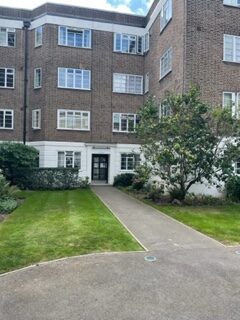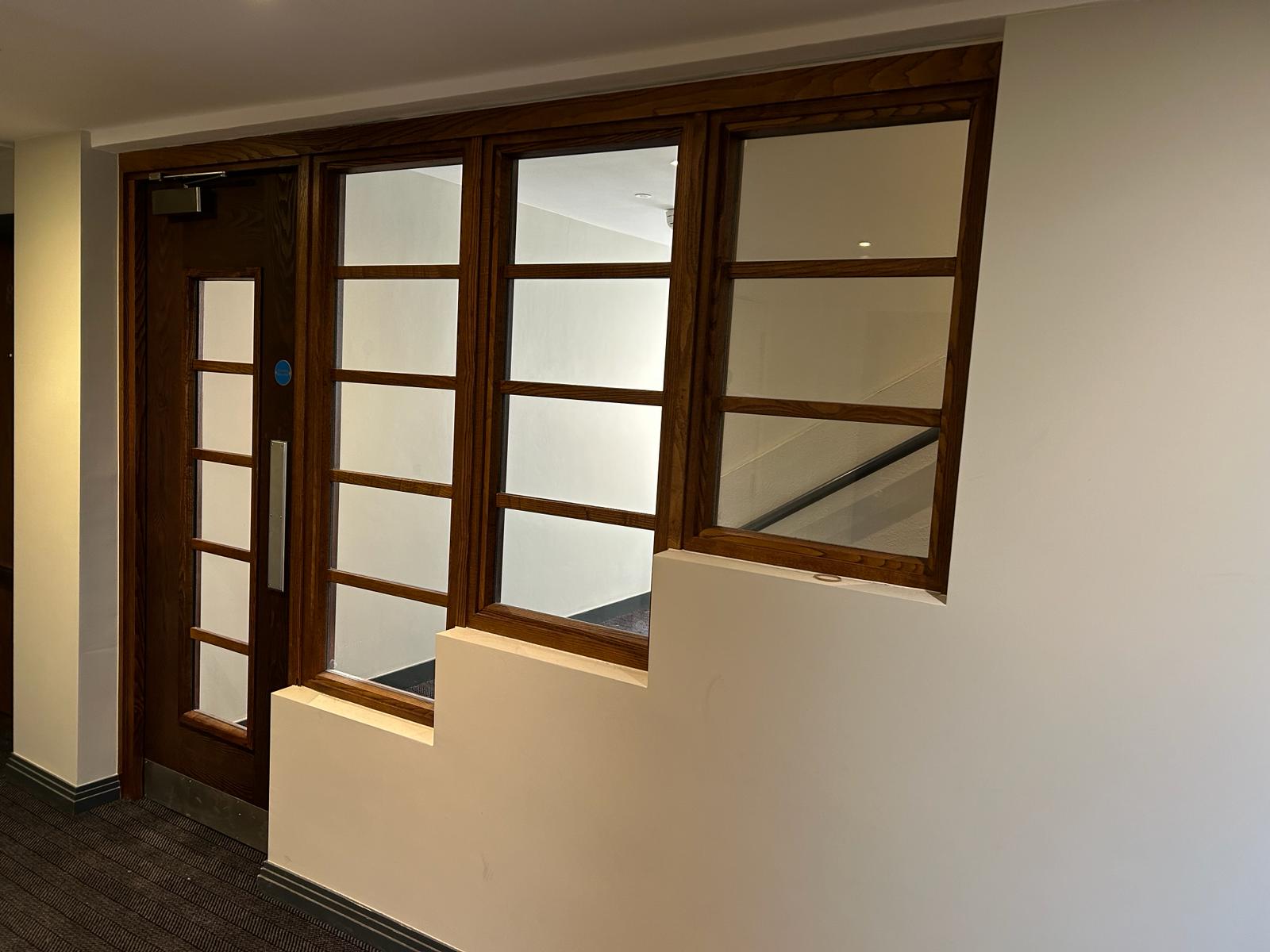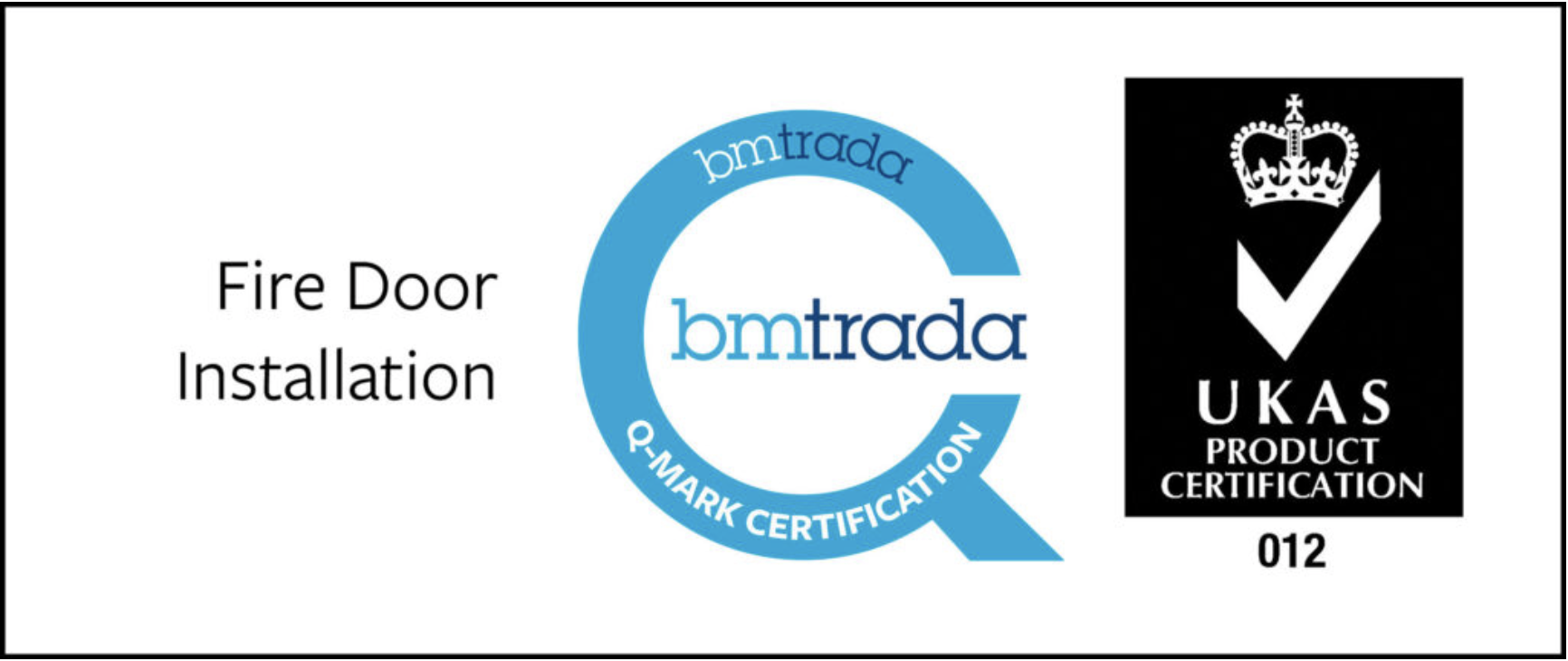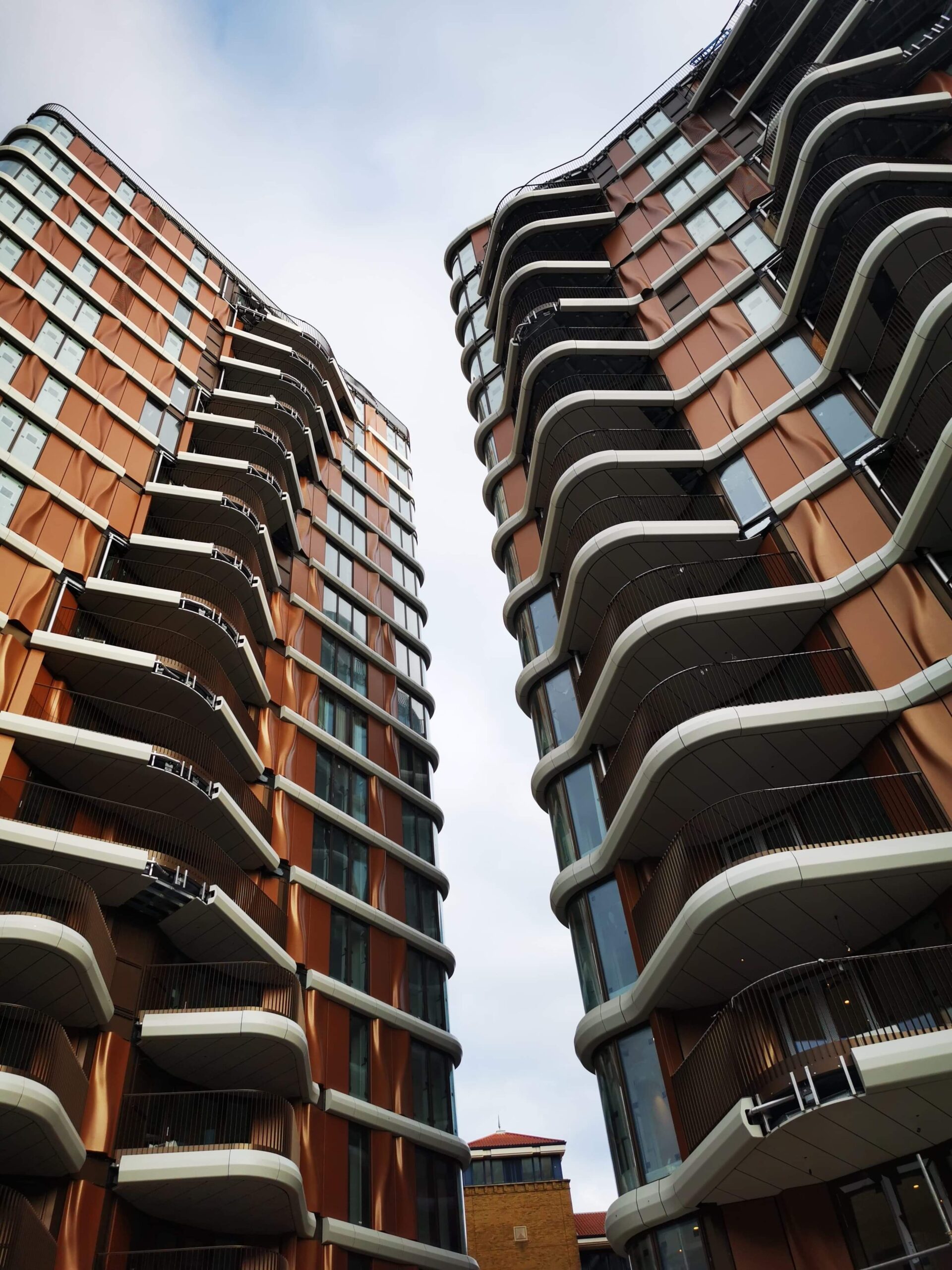Buying a fire door that has been tested to either BS 476 or EN 1634, and manufactured under a recognised 3rd Party Certification Scheme, but allowing anyone to install it, is like buying a car manufactured under mandatory national or international standards, with all the safety features required, and then letting someone without a licence drive it. Can those safety features, in themselves, be expected to prevent an accident?
Approved Document B (Fire Safety) of the Building Regulations says that 3rd party certification is preferred, but not mandatory, for the manufacture, installation and maintenance of fire doors and other relevant products. Whilst it is possible to achieve satisfactory performance from fire doors that are not covered by a 3rd party scheme in any of the areas outlined above, there is a growing recognition amongst specifiers and building owners that certification produces the best outcomes. Hitherto, most of the emphasis has been on fire door manufacturing schemes; increasingly, certified installation is appearing as a specification requirement; and maintenance is now recognised and available under the Exova BM Trada Fire Door Maintenance scheme introduced earlier this year, which complements the Fire Door Installers’ Scheme.
To ensure the best possible performance of fire doors (and in fact any other type of performance door) the three key things to consider are: Manufacture, Installation and Maintenance.
The best way to ensure that each of these aspects will deliver the required level of performance is to enter into the spirit of the Approved Document and insist that each activity is carried out under a recognised 3rd Party Certification Scheme. This will ensure that the necessary testing and competencies have been achieved by knowledgeable manufacturers and contractors and increase the reliability of the anticipated performance in fire.




